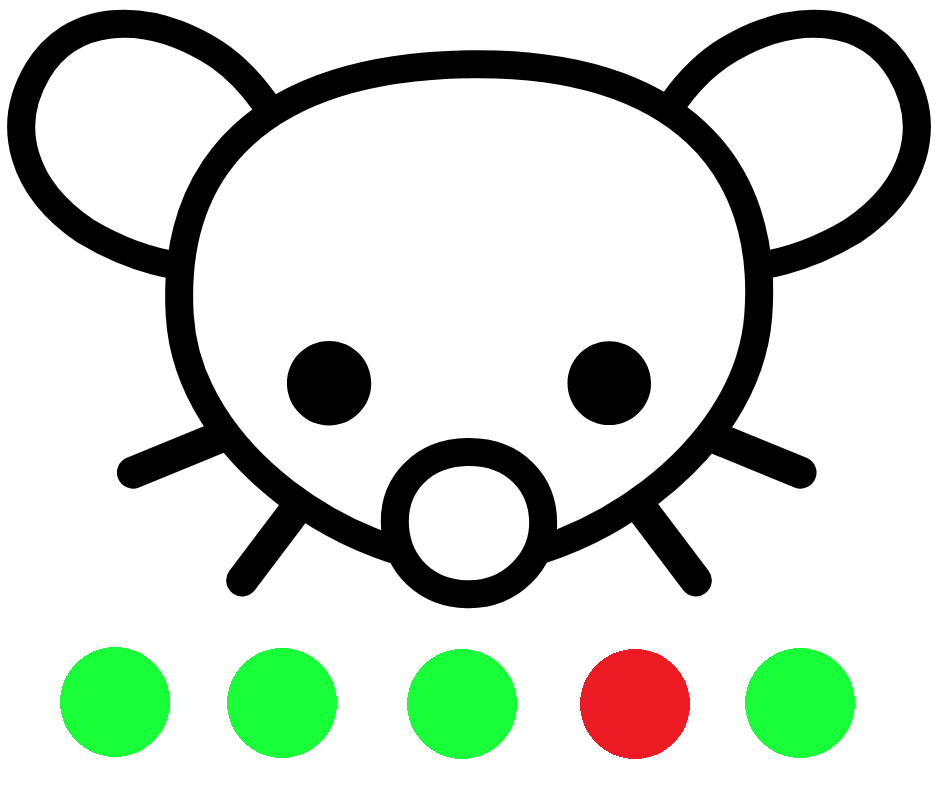Hi all, I want to setup a fileserver as a KVM which will access a 2TB disk partition to store its data. In order to do this I saw 5 options:
-
Attach the whole disk to the VM and access the partition as you do in the host machine. -> contraindicated by the RHEL documentation for security reasons.
-
Attach only the partition to the VM. Inside the VM, the partition appears as a drive which needs a new partition table. This seems good to me (for reasons I’ll explain later), but I don’t know how the partition-table-inside-a-partition thing works and what implications it comes with.
-
Create a sparse max-2TB qcow2 image, store it in the physical partition and attach it to the VM. -> rejected by me because the partition inside the qcow2 image needs constant resizing as your storage needs grow.
-
Create a fully initialized 2TB qcow2 image. -> current way of doing it, no resizes, no security concerns (I guess). The only drawback I perceive is the time required to initialize a 2TB image (~2.5hours in an HDD).
-
Use the physical partition as NFS. I haven’t really investigated this solution -nor am I experienced with NFS- but to me it seems like it will require some configuration in the host too, which is something I want to avoid because I don’t want to redeploy the host in case shit hits the fan.
So, why 2 seems good to me? Neither resizes as in 3 nor long setup times (image initializing) as in 4.
Is there any other solution that I have missed? If not, out of these, which should I choose?
Sorry for the long, I tried to be as detailed as possible.


I don’t see how this is an issue? If you set the partition to e.g. 1TB, the qcow2 image will automatically resize itself as the drive is filling up, right?
Yes, the VM will resize it. The problem is the partition inside the image, when I tried this method the image’s actual size was ~200KB so when I tried to make a partition table inside it I was able to create a 200KB partition. I think that when this partition fills or something the VM will reserve more space inside the image that will appear as unallocated space in the guest, it won’t grow the partition automatically. I might have overlooked something though, so I will try this method again.